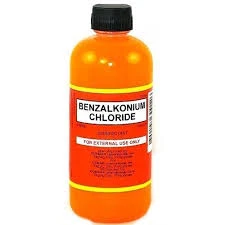Enhancing Water Purification Through Effective Coagulation and Flocculation Techniques
Coagulation and Flocculation Essential Processes in Water Treatment
Coagulation and flocculation are vital processes employed in water treatment to remove impurities and enhance water quality. These processes help ensure that the water we consume is safe and free from harmful contaminants. Understanding coagulation and flocculation is essential for anyone involved in water management and environmental science.
Coagulation and Flocculation Essential Processes in Water Treatment
Once coagulation occurs, the next step is flocculation. During flocculation, the larger aggregates, known as flocs, continue to grow as they collide and stick together. This process usually takes place in a gentle mixing environment, which promotes the aggregation of particles without breaking them apart. Flocculation often requires careful control of mixing speed and time to ensure optimal particle contact and growth of flocs. The end result is larger, heavier particles that can easily settle out of the water during sedimentation.
coagulation flocculation

After flocculation, the water is typically moved to a sedimentation basin, where the flocs sink to the bottom, creating a sludge layer. This sludge can be removed, leaving behind clearer water. The sedimentation phase is a critical step, as it reduces the load on subsequent filtration processes that further purify the water. In many treatment plants, additional filters—such as sand or membrane filters—are used to remove any remaining impurities and ensure the final water quality meets safety standards.
Coagulation and flocculation are not just limited to drinking water treatment; they are also used in wastewater treatment, industrial processes, and water reuse systems. Their effectiveness can be influenced by factors such as the nature and concentration of contaminants, pH levels, and water temperature. Operators must monitor and adjust these parameters to optimize the treatment process.
In conclusion, coagulation and flocculation remain indispensable in the field of water treatment. They provide an efficient method for removing suspended particles and contribute to producing clean, safe water for human use. As concerns about water quality continue to rise due to industrial pollution and climate change, enhancing our understanding and application of these processes will be crucial in addressing future water challenges. Ensuring reliable access to clean water is vital for public health and environmental sustainability, and through effective coagulation and flocculation, we can move closer to achieving that goal.
-
Understanding Polycarboxylic Acids: Properties, Applications, and Future PotentialNewsJul.28,2025
-
Scale Inhibitor Explained: How to Protect Your System from Limescale and Hard Water DamageNewsJul.28,2025
-
Scale and Corrosion Inhibitors: Essential Chemicals for Industrial Water System ProtectionNewsJul.28,2025
-
Polyaspartic Acid: A Biodegradable Polymer for Sustainable ChemistryNewsJul.28,2025
-
Isothiazolinones: A Versatile Antimicrobial Class with Industrial Power and Regulatory ChallengesNewsJul.28,2025
-
A Deep Dive into 2-Phosphonobutane-1,2,4-Tricarboxylic Acid (PBTC)NewsJul.28,2025





